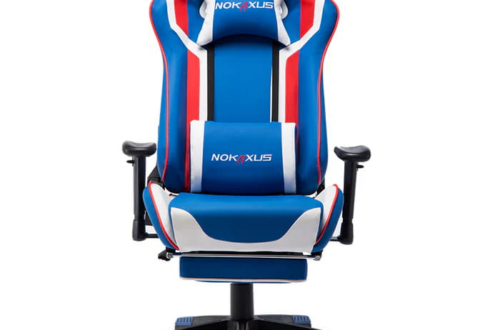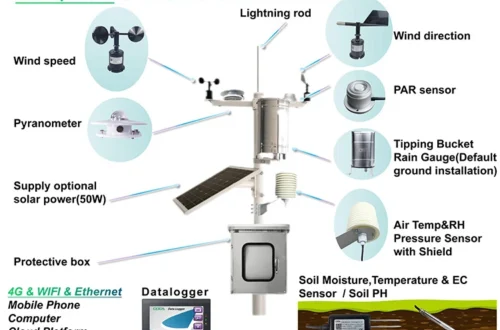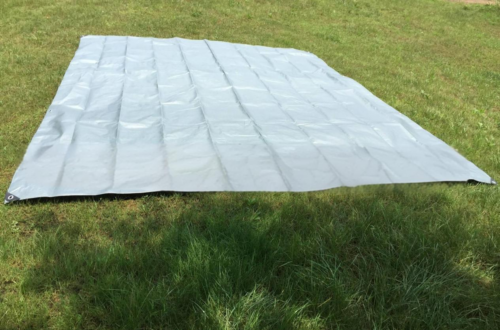Sanitary Napkins Raw Material: Composition and Manufacturing Process
# Sanitary Napkins Raw Material: Composition and Manufacturing Process
Sanitary napkins are essential hygiene products used by millions of women worldwide. Understanding the raw materials and the manufacturing process behind these products can provide insight into their quality, safety, and environmental impact. This article delves into the composition of sanitary napkins and the steps involved in their production.
## Composition of Sanitary Napkins
Sanitary napkins are made from a combination of materials, each serving a specific purpose. The primary components include:
– **Absorbent Core**: This is the central layer responsible for absorbing menstrual fluid. It is typically made from wood pulp, superabsorbent polymers (SAP), or a blend of both. SAP can absorb and retain large amounts of liquid, making it highly effective.
– **Top Sheet**: The top layer that comes into direct contact with the skin is usually made from non-woven fabric or perforated film. It is designed to be soft, breathable, and quick-drying to ensure comfort.
– **Back Sheet**: The bottom layer is made from a waterproof material, often polyethylene, to prevent leakage. It may also have an adhesive strip to keep the napkin in place.
– **Adhesives**: These are used to bond the layers together and to attach the napkin to underwear. They are typically made from hot melt adhesives that are safe for skin contact.
– **Release Paper**: This is a protective layer that covers the adhesive strip before use. It is usually made from silicone-coated paper or film.
## Manufacturing Process
The production of sanitary napkins involves several steps, each requiring precision and quality control. Here’s an overview of the manufacturing process:
1. **Material Preparation**: The raw materials, including the absorbent core, top sheet, back sheet, and adhesives, are prepared and inspected for quality.
2. **Layer Assembly**: The layers are assembled in a specific order. The absorbent core is placed between the top sheet and back sheet, and adhesives are applied to bond the layers together.
3. **Cutting and Shaping**: The assembled layers are cut into individual napkin shapes. The edges are sealed to prevent leakage and ensure durability.
4. **Packaging**: The finished napkins are packaged in sterile conditions to maintain hygiene. Packaging materials are chosen to protect the product from contamination and damage.
5. **Quality Control**: Throughout the manufacturing process, quality control checks are conducted to ensure that the napkins meet safety and performance standards. This includes testing for absorbency, leakage, and skin irritation.
## Environmental Considerations
The production and disposal of sanitary napkins have significant environmental implications. Many manufacturers are now exploring eco-friendly alternatives, such as biodegradable materials and reusable options, to reduce their environmental footprint. Consumers are also encouraged to dispose of used napkins responsibly to minimize waste.
In conclusion, the composition and manufacturing process of sanitary napkins are complex and involve multiple materials and steps. Understanding these aspects can help consumers make informed choices and contribute to more sustainable practices in the industry.
Keyword: Sanitary Napkins Raw Material


